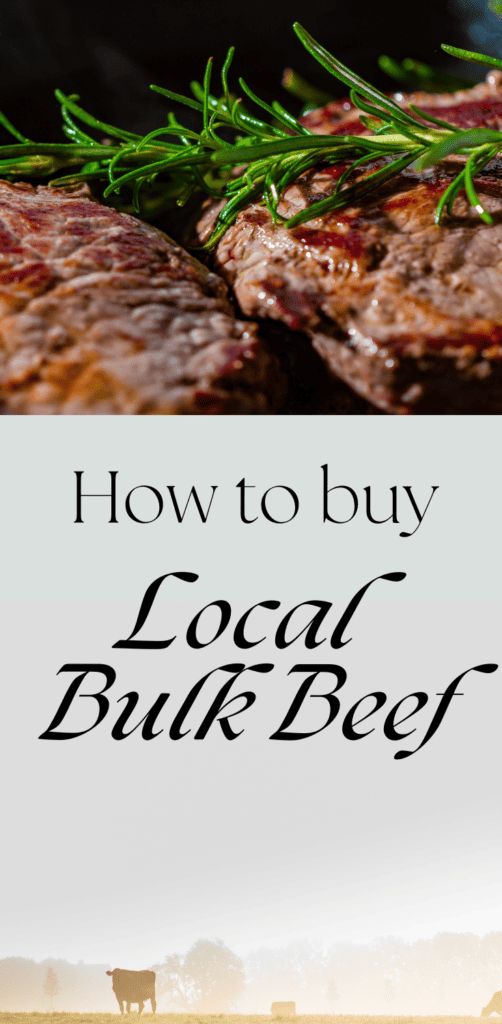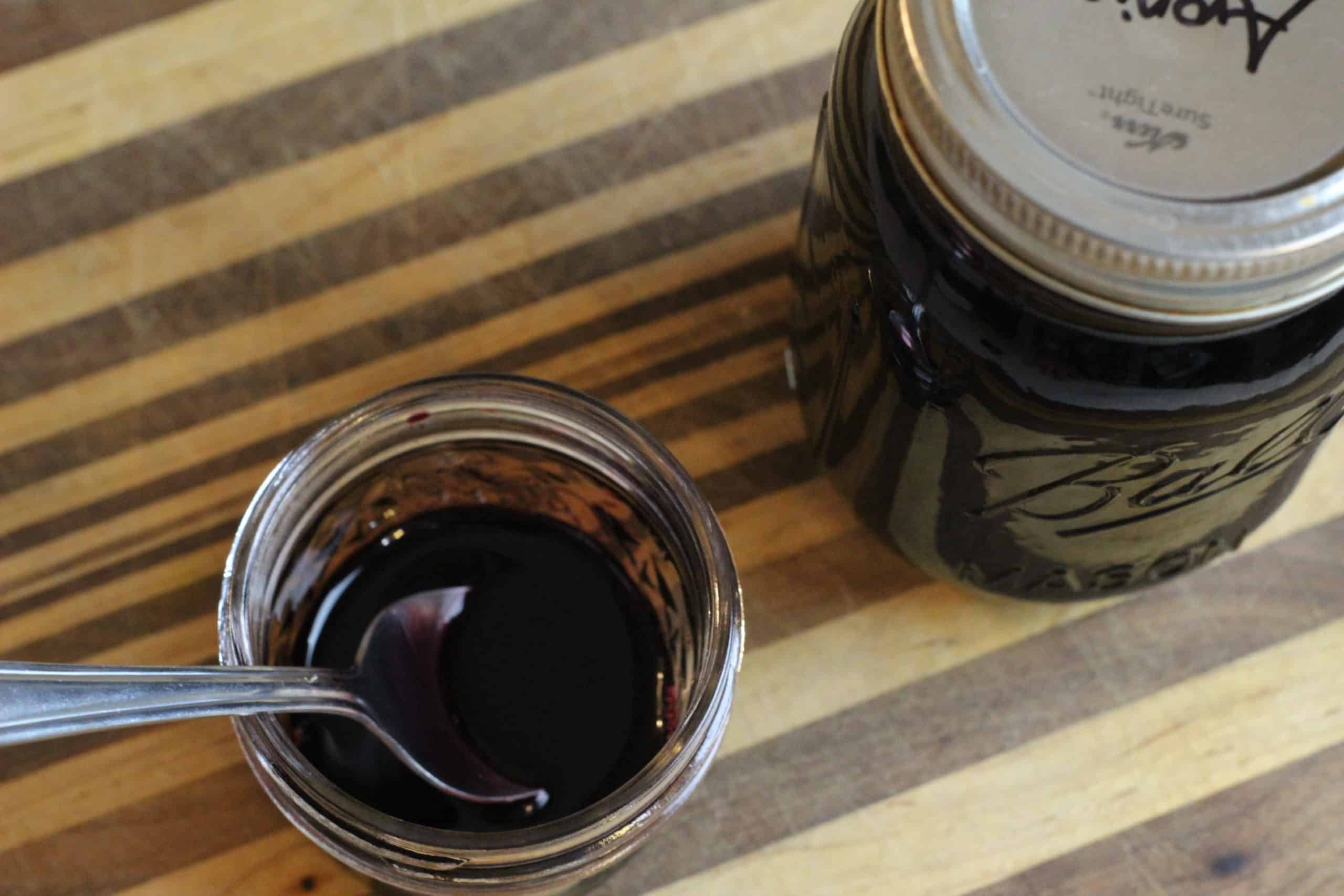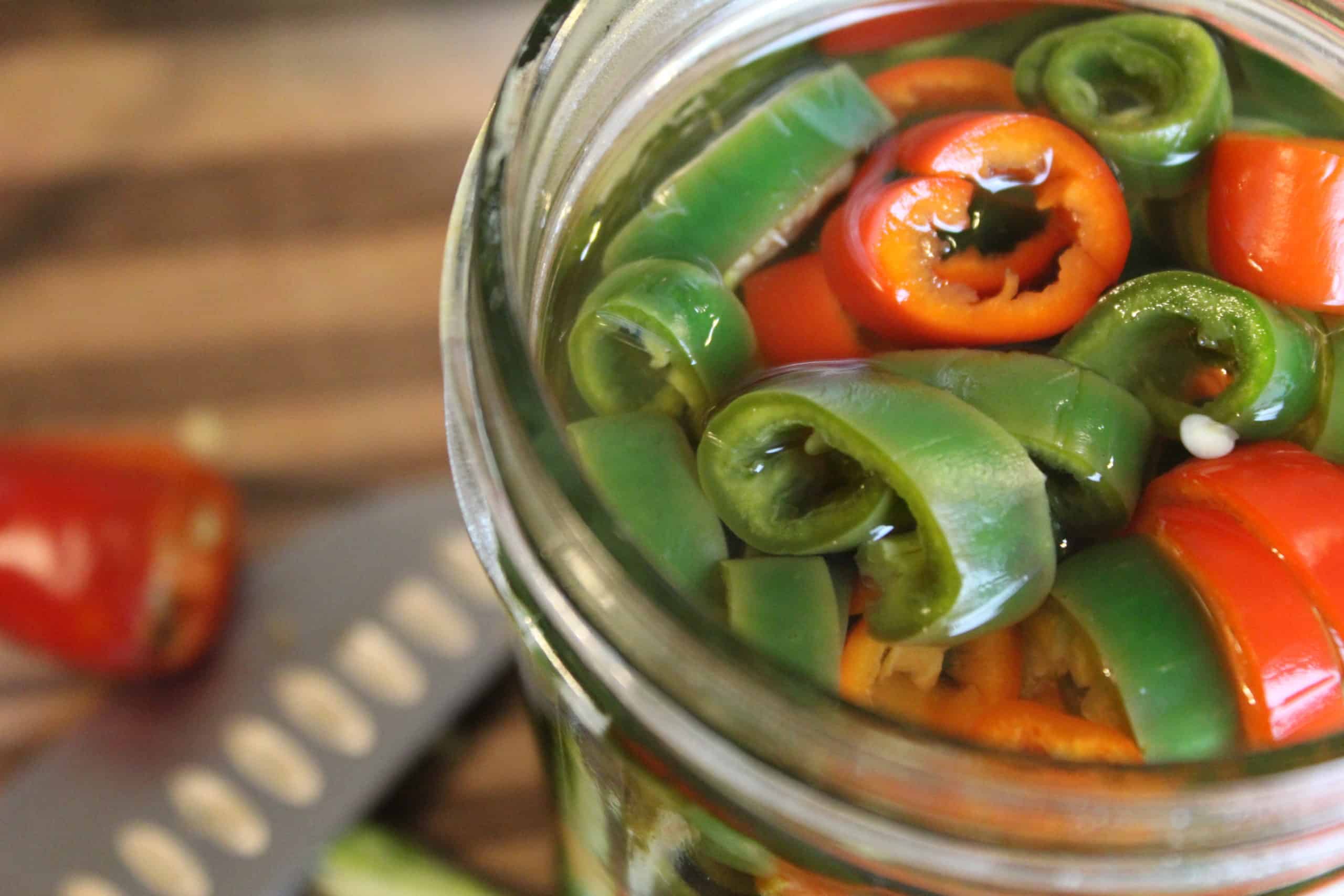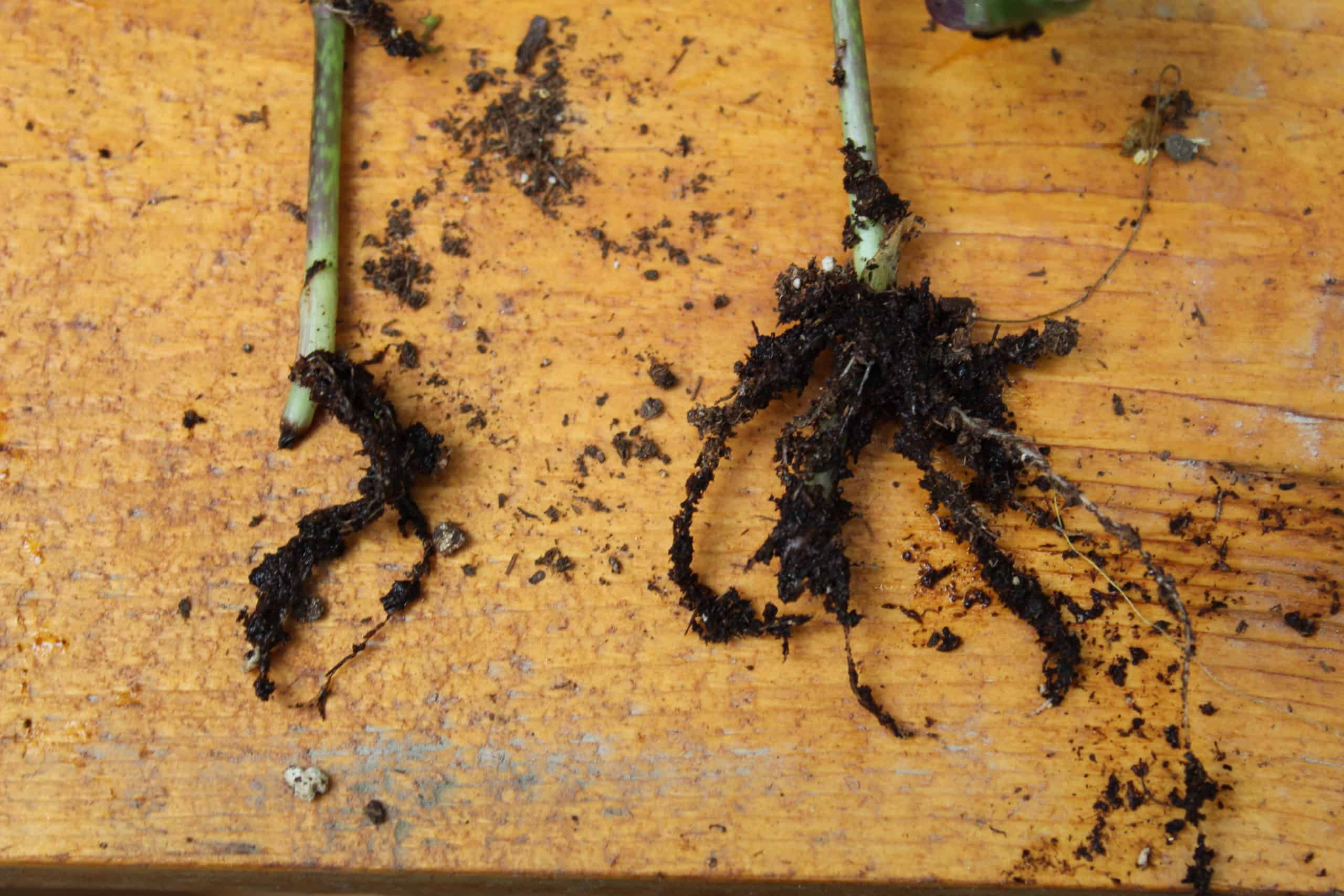How to Buy Beef from a Farmer
This week our beef was ready to pick up from the local locker. If you’ve never done it before it can be a little confusing, so let’s talk about how to buy beef from a farmer.
Where to Find Local Beef
If you have never bought beef by the half, quarter, or whole (more on those those terms in a minute) then you might not even be sure where to begin looking.
I would recommend starting at farmers markets or local food coops. They may already have a beef provider there and can share contact information.
Ask around to friends or family. You’d be surprised who might “know a guy” or have a friend of a friend who buys beef direct from a farmer.
In Minnesota we have the Minnesota Grown Directory which is a great starting place for finding local farm goods. Your state/province/etc. might have a similar database.
Facebook groups for farmers or homesteaders local to your area are places I often see farms advertising their available meat shares.
Lastly, a good ol’ google search is another way you might find what you are looking for.
Is Buying Part of a Cow Worth It?
Yes. Even setting aside the value of supporting local farmers and knowing where your food comes from, yes. It is more cost effective to buy animals by the quarter/half/whole than buying individual cuts.
As you’ll see in my example below, we saved $275 just on T-Bone steaks alone!

Basic Terminology
When buying local beef there are some terms you might be unfamiliar with. Here’s a basic rundown.
Quarter/Half/Whole
This refers to how much of the animal you are purchasing. While some farmers do sell individual cuts of meat for a higher price, it is more cost effecient to buy sections of the animal.
A quarter means the meat from the animal is being split four ways. Usually they will mix and match the cuts so it’s not like you are just getting the back left half so you miss out on the front cuts.
A half means you are literally getting half the animal.
Then a whole simply means you get the all the meat from the entire animal.
Hanging Weight, Cut Weight, On the Hoof
How much the animal weighs when it is alive and walking is considered “on the hoof”. You won’t likely see animals sold by this weight.
The next and most likely way you will buy your meat is by “hanging weight”. This weight is determined after the animal is butchered and they have several large sections of meat. It has not yet been processed down into smaller cuts. They hang these huge chunks of meat on weight hooks to determine what their “hanging weight” is. This is usually how you will be charged by the farmer. Unfortunately the amount of meat you actually bring home is about 75% of the hanging weight.
Cut Weight is another term you may hear. This is the ideal way to buy your animal if possible, though I don’t see it too often offered by farmers. This is the total weight of the meat you are actually getting.
Down in my example of how much meat we got from the processor, it totals (not including organ meat which isn’t included in the hanging weight anway) we received approximately 187 pounds of meat that is in our freezer. So the cut weight was 187. The hanging weight however was 270.
So ours was even a little less than the average, coming in at about 70% of the hanging weight.
It is important to understand this when you look at how much per pound hanging weight you are being charged. More on that below when we talk about price.

Cut Sheet
A cut sheet is a piece of paper that the processor will take down information on how you want your cuts. Roasts, steaks, thickness, amount of meat in each ground beef package etc.
Most processors will call you (or you call them, your farmer will tell you if you need to call) and just walk you right through the cut sheet. This may seem like an intimidating thing, but it is truly a breeze.
Most processors have done this hundreds of times. If you aren’t sure on how thick to get your steaks, or how many to get in a package, just ask “what’s most common?” or “what do you think works best?”. They will talk you through the whole thing.
Here’s an example of what a cut sheet looks like. I have never had a farmer or processor just hand me a cut sheet and say “here you go”. But it is possible that can happen. If it does, just call the processor yourself or bring it with you there and they will help you.
Processor
This is the term you are most likely to hear used referring to the facility where the animal will be “processed” from a living animal into meat. “Butcher” is a term that has been used in the past. Having known meat processors myself they largely don’t like that term, as it is sort of offensive. “Butchering” is a term now widely used for a poorly done, messy job. Meat processors (at least the ones I work with) take their jobs seriously. They work effeciently and respectfully to dispatch animals and turn their meat into a sustaining product for families.
They are sometimes referred to as “meat locker” or just “locker”.
How Much Does it Cost to Buy a Half a Cow?
This is going to vary from place to place. It will also vary if you are paying the hanging weight or cut weight. Then you have to figure in what the processor charges you, which is an additional cost to just buying the animal.
Our beef was $3.65 per pound hanging weight. So total we had to pay the farmer $985.50.
The bummer about hanging weight, is after it was processed the total weight we actually received is 83 pounds LESS than the hanging weight, coming in at about 187 pounds of cut weight.
So you can see if you buy the cut weight, which is the actual meat you are bringing home, that tends to be a better deal. If your farmer is not selling it as cut weight, I woulnd’t advise asking them to.
Processing cost us $271. So our total expense for a half beef, 187 pounds, was $1,256. Divide that by the cut weight of 187, it cost us $6.71 per pound across the board for all our meat.
Now that may sound expensive, but the cheapest I can find a grassfed T-Bone steak is $13 per pound. And that took some digging! The average one pound t-bone steak I could find cost more like $24. As you’ll see below we got 13 pounds of grassfed t-bone steaks. If we bought it for the average cost it would be $312. We paid $87.23.

How Much Meat Do you Get from a Half a Beef?
The beef we purchased ended up being 270 pounds per half. According to the U of M, that is just a little under what you would expect with an average hanging weight of 286.
Cuts from a Half
Here’s a list of what cuts we received with our half. Remember ours was about 15 pounds smaller on average than what you would expect from a half beef.
- Arm Roasts – 4, 3 pound roasts = 12 pounds
- Rump Roasts– 2, roasts at around 4 pounds = 8 pounds
- Sirloin Tip Roasts– 3, 3 pound roasts = 12 pounds
- Chuck Roasts– 1, 5 pound roast
- Ground Beef– 40, 1.5 pound chubs = 60 pounds
- Short Ribs – 6 packs between 2-3 pounds each = 16 pounds
- Round Steaks – 12 steaks between 1-2 pounds each = 18 pounds
- Rib Steaks- 6 packs between 2-3 pounds = 13 pounds
- Sirloin Steaks- 5 packs between 2-3 pounds = 11 pounds
- T-Bone Steaks- 6 packs between 2-3 pounds =13 pounds
- Soup Bones- 7 packs between 2-3 pounds =19 pounds
- Leaf Fat- Unmeasured but we have I would guess maybe a gallon of rendered tallow
- Oxtail – Unweighed
- Organ Meat – Also unweighed
Organ Meat and Odd Bits
Depending on how much of the cow you purchased you will may have the option of bringing home organ meats (heart and liver usually) oxtail, tongue, and tallow (fat).
Some people are thrilled by this opportunity, others go “yeesh. What can I do with that??”
My advice is to be adventurous and be respectful of the animal. Use every bit you can. And hey, if you don’t want to eat beef liver then you might be friends with someone who wants it. Nothing says love like a big ol’ beef liver
How Much Space do I need for Half a Beef?
The University of Minnesota has a fantastic resource to help you figure out how much meat you will get from beef, goat, lamb, chickens, and hogs. Here is one of their infographics on beef. They say 5.5 cubic feet for a QUARTER beef, so plan on doubling that for 11 cubic feet for a half.
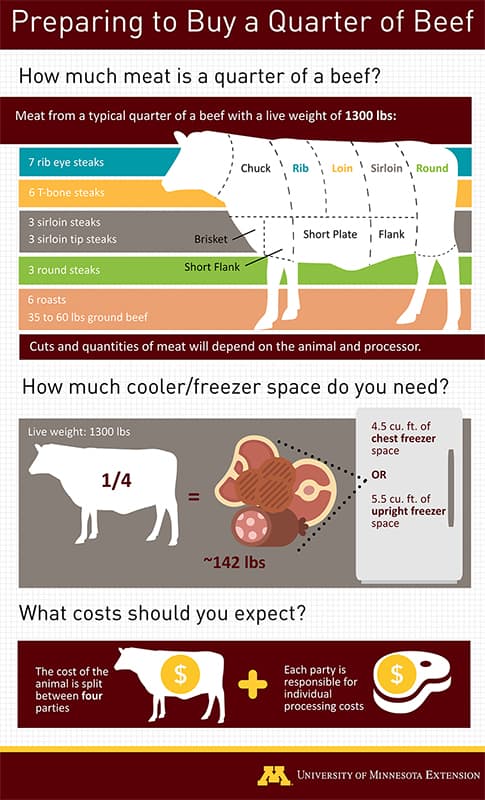
How long until my beef is ready?
Ususally when you contact a farmer they will tell you when the animal is headed into the processor. After the animal is sectioned up it hangs for around 21 days. This allows the the meat to dry out somewhat, giving better flavor. It also stretches the tissues giving a more tender cut of meat.
Picking Up Beef from the Processor
About three weeks after your animal’s butcher date, the processor will call to tell you it is ready. Please try to pick up the meat as quickly as possible. Local processing facilities are slammed these days and need as much of their freezer space as they can get.
Additionally, be sure to ask them a couple quick things while you have them on the phone. First, do you need to bring your own boxes and coolers? They will definitely not provide coolers but some do provide boxes.
Second, what sort of payment do they accept? Some take checks and cash but no credit. Others won’t take checks but will accept cash or credit. Keep in mind with credit there is almost always at least a 3% fee that adds up when you are shelling out a few hundred bucks.
Lastly, if you are just using boxes and no coolers, bring a thick blanket to insulate the boxes if you have a trip longer than a half hour or so.
More Beef Please!
Here are some ways you can use up that wonderful local meat.
Watch and Learn
If you are planning to buy beef from a farmer, watch below to see how we picked up our beef and what it looks like in a freezer.
Pin it for Later
